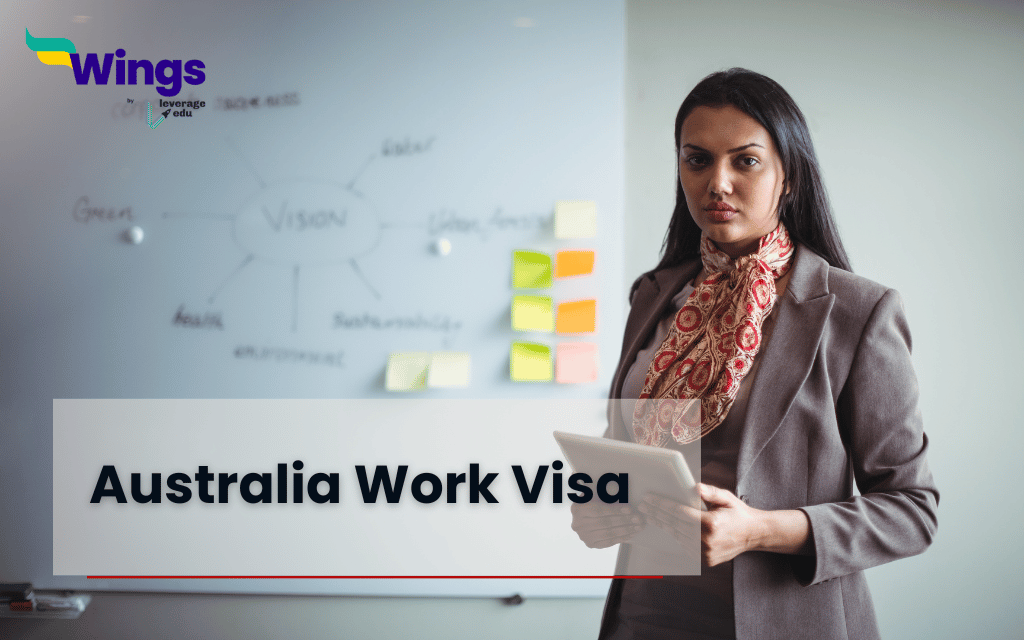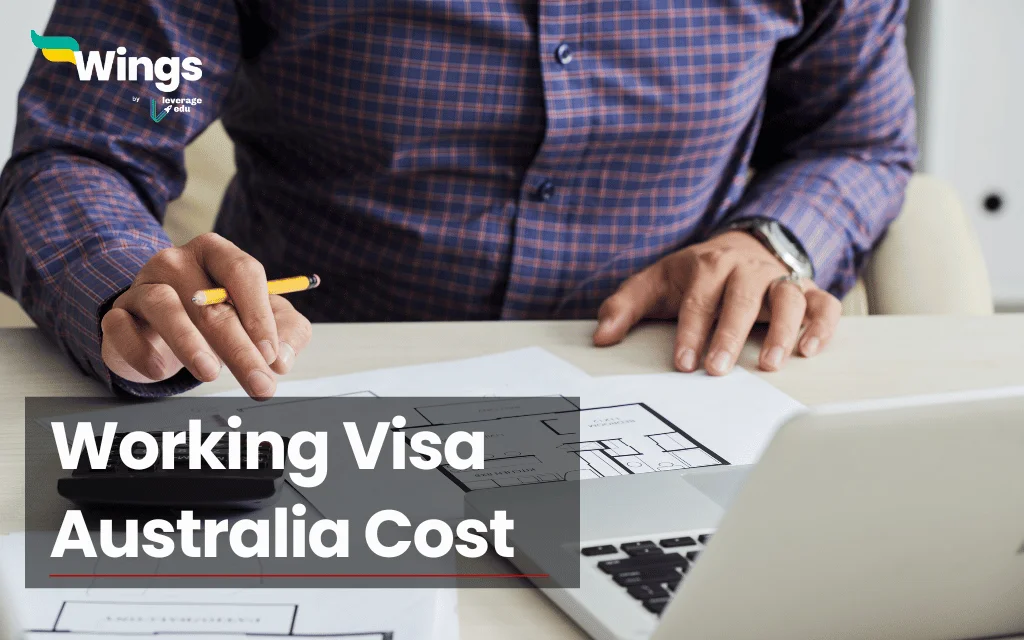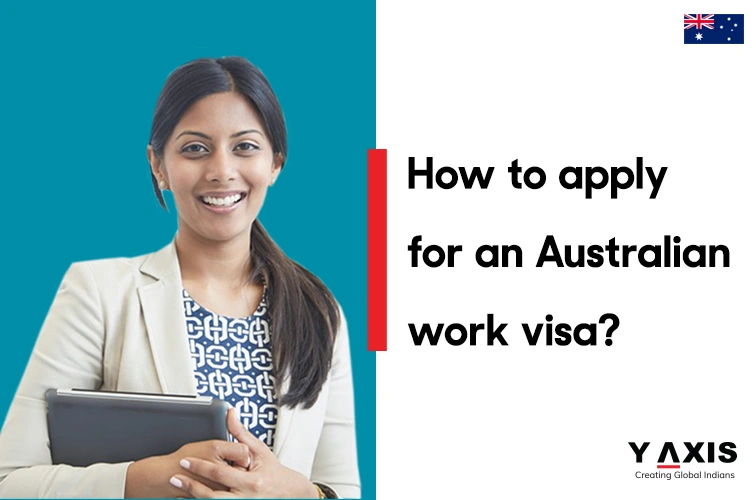How Much Bank Balance Is Required For A Canada Work Visa?
Understanding the Financial Requirements for a Canada Work Visa
Canada is a popular destination for skilled workers seeking new opportunities and a better quality of life. One of the essential aspects of applying for a work visa in Canada is demonstrating that you have sufficient funds to support yourself and any accompanying family members upon arrival. This article will explore the financial requirements for a Canada work visa, focusing on the minimum bank balance needed, the application process, and frequently asked questions.
Overview of Canada Work Visas
Canada offers several types of work visas, each with its own eligibility criteria and application process. The most common work visa categories include:
- Temporary Foreign Worker Program (TFWP): Allows employers to hire foreign workers to fill labor shortages in Canada.
- International Mobility Program (IMP): Enables employers to hire foreign workers without the need for a Labor Market Impact Assessment (LMIA).
- Open Work Permit: Allows individuals to work for any employer in Canada without a specific job offer.
- Express Entry: A points-based immigration system for skilled workers, which includes the Federal Skilled Worker Program, Federal Skilled Trades Program, and Canadian Experience Class.
Financial Requirements for a Canada Work Visa
When applying for a Canada work visa, applicants must demonstrate that they have enough funds to support themselves and their family members upon arrival. The specific amount required can vary based on several factors, including the type of visa, the number of family members accompanying the applicant, and the cost of living in the region where they plan to settle.
Minimum Bank Balance Requirements
- Temporary Foreign Worker Program (TFWP):
- Generally, applicants do not need to show proof of funds if they have a valid job offer from a Canadian employer. The employer must demonstrate that they can pay the offered wage.
- International Mobility Program (IMP):
- Similar to the TFWP, applicants typically do not need to provide proof of funds if they have a job offer.
- Open Work Permit:
- Applicants must demonstrate that they have sufficient funds to support themselves and their family members during their stay in Canada. The minimum amount required is approximately CAD 2,500 to CAD 3,000 for a single applicant, with additional funds required for each family member.
- Express Entry:
- Applicants must provide proof of funds if they are not currently working in Canada or do not have a valid job offer. The required amount varies based on the number of family members:
- For a single applicant: CAD 13,310
- For a couple: CAD 16,570
- For a family of three: CAD 20,371
- For a family of four: CAD 24,733
- Additional funds are required for each additional family member.
- Applicants must provide proof of funds if they are not currently working in Canada or do not have a valid job offer. The required amount varies based on the number of family members:
Factors Affecting Financial Requirements
Several factors can influence the financial requirements for a Canada work visa:
- Number of Family Members: The more family members accompanying the applicant, the higher the required funds.
- Cost of Living: Different provinces and territories in Canada have varying costs of living, which can impact the amount of funds needed.
- Employment Status: Applicants with a valid job offer may not need to demonstrate as much financial capacity compared to those without a job offer.
How to Demonstrate Financial Capacity
To prove that you have sufficient funds, you may need to provide the following documentation:
- Bank Statements: Recent bank statements showing your current balance and transaction history.
- Pay Stubs: Recent pay stubs or proof of income from your current employment.
- Investment Statements: Statements from investment accounts or other financial assets.
- Affidavit of Support: If applicable, a letter from a family member or friend in Canada who is willing to support you financially.
Application Process for a Canada Work Visa
The application process for a Canada work visa varies depending on the type of visa being applied for. However, the general steps include:
- Determine Eligibility: Assess your eligibility for the specific work visa category you wish to apply for.
- Gather Required Documents: Collect all necessary documents, including proof of funds, job offer letter (if applicable), and identification documents.
- Submit Application: Complete the application form and submit it online or via paper, depending on the visa type.
- Pay Application Fees: Pay the required application fees, which can vary based on the visa category.
- Attend Biometrics Appointment: If required, attend a biometrics appointment to provide fingerprints and a photograph.
- Wait for Processing: Wait for the application to be processed. Processing times can vary based on the visa type and individual circumstances.
- Receive Decision: You will receive a notification regarding the decision on your application. If approved, you will receive instructions on how to proceed with your work visa.
Common Challenges and Considerations
While applying for a Canada work visa can be a straightforward process, there are challenges to consider:
- Proving Financial Capacity: Applicants must ensure they have sufficient funds and can provide the necessary documentation to prove their financial capacity.
- Job Offer Requirements: Some visa categories require a valid job offer, which can be challenging to secure for some applicants.
- Processing Times: Processing times can vary widely, and applicants should be prepared for potential delays.
FAQ Section
- How much bank balance is required for a Canada work visa?
- The required bank balance varies based on the visa type. For an Open Work Permit, approximately CAD 2,500 to CAD 3,000 is needed for a single applicant. For Express Entry, a single applicant must show CAD 13,310.
- Do I need to show proof of funds if I have a job offer?
- Generally, if you have a valid job offer under the Temporary Foreign Worker Program or International Mobility Program, you do not need to show proof of funds.
- Can I use my family member’s bank account to demonstrate financial capacity?
- Yes, you can use a family member’s bank account, but you may need to provide an affidavit of support or a letter confirming their willingness to support you financially.
- What documents do I need to prove my financial capacity?
- You may need to provide bank statements, pay stubs, investment statements, and any other relevant financial documents.
- What happens if I do not meet the financial requirements?
- If you do not meet the financial requirements, your application may be refused. It is crucial to ensure you have sufficient funds before applying.
Conclusion
Understanding the financial requirements for a Canada work visa is crucial for prospective applicants. Demonstrating sufficient funds to support yourself and any accompanying family members is a key aspect of the application process. By being aware of the minimum bank balance required and preparing the necessary documentation, applicants can enhance their chances of successfully obtaining a work visa in Canada.
Relevant Links
| Visa Type | Link |
|---|---|
| Canada Work Visa Information | https://www.canada.ca/en/services/immigration-citizenship.html |
 Skip to content
Skip to content








